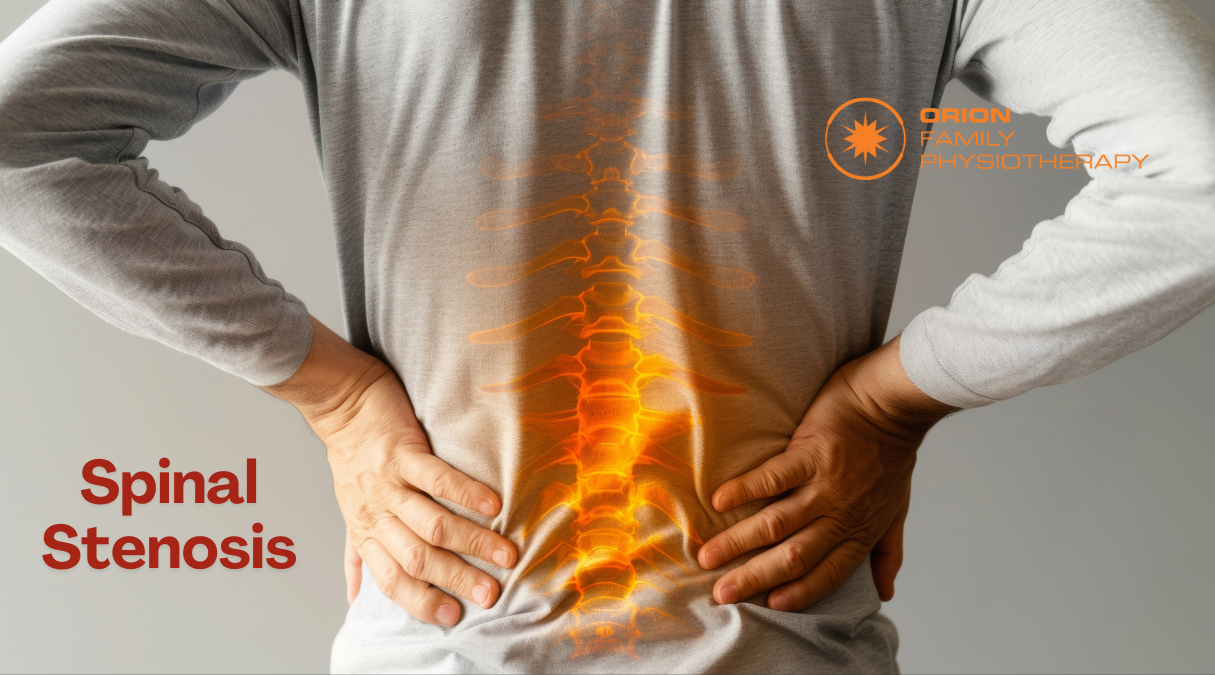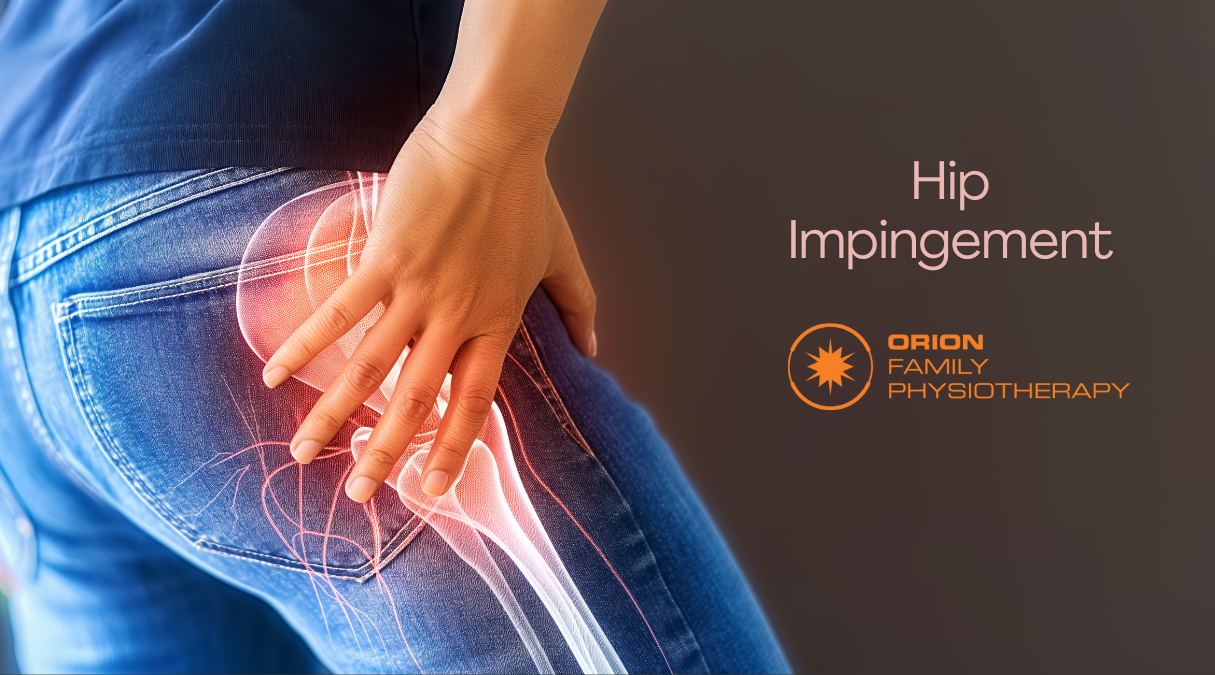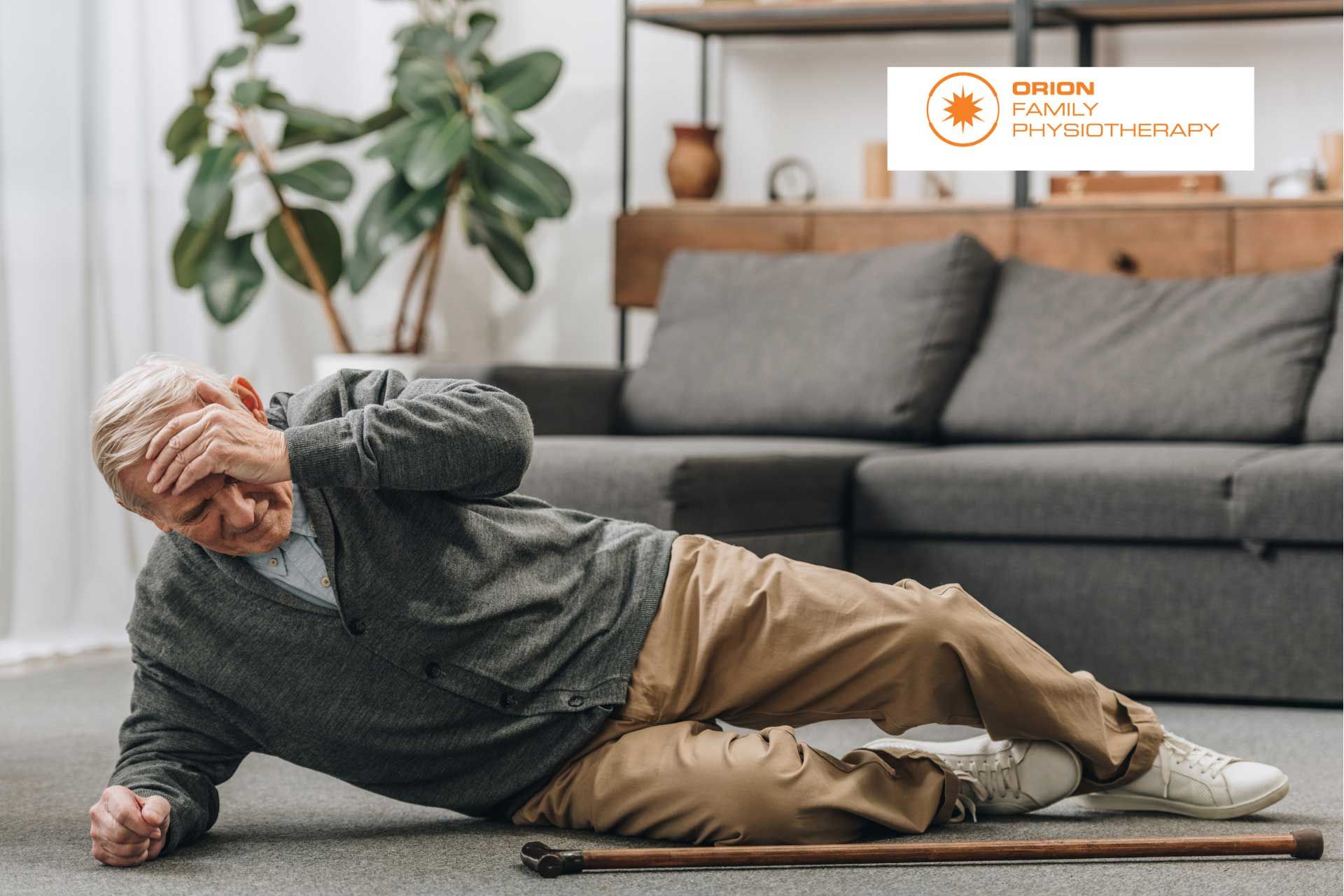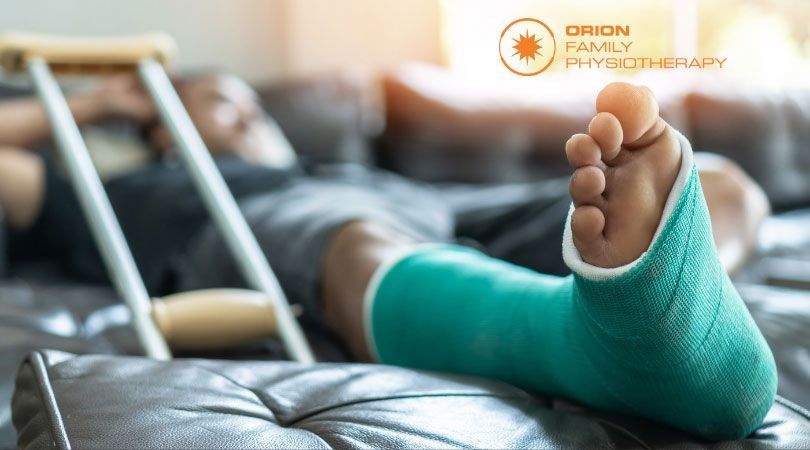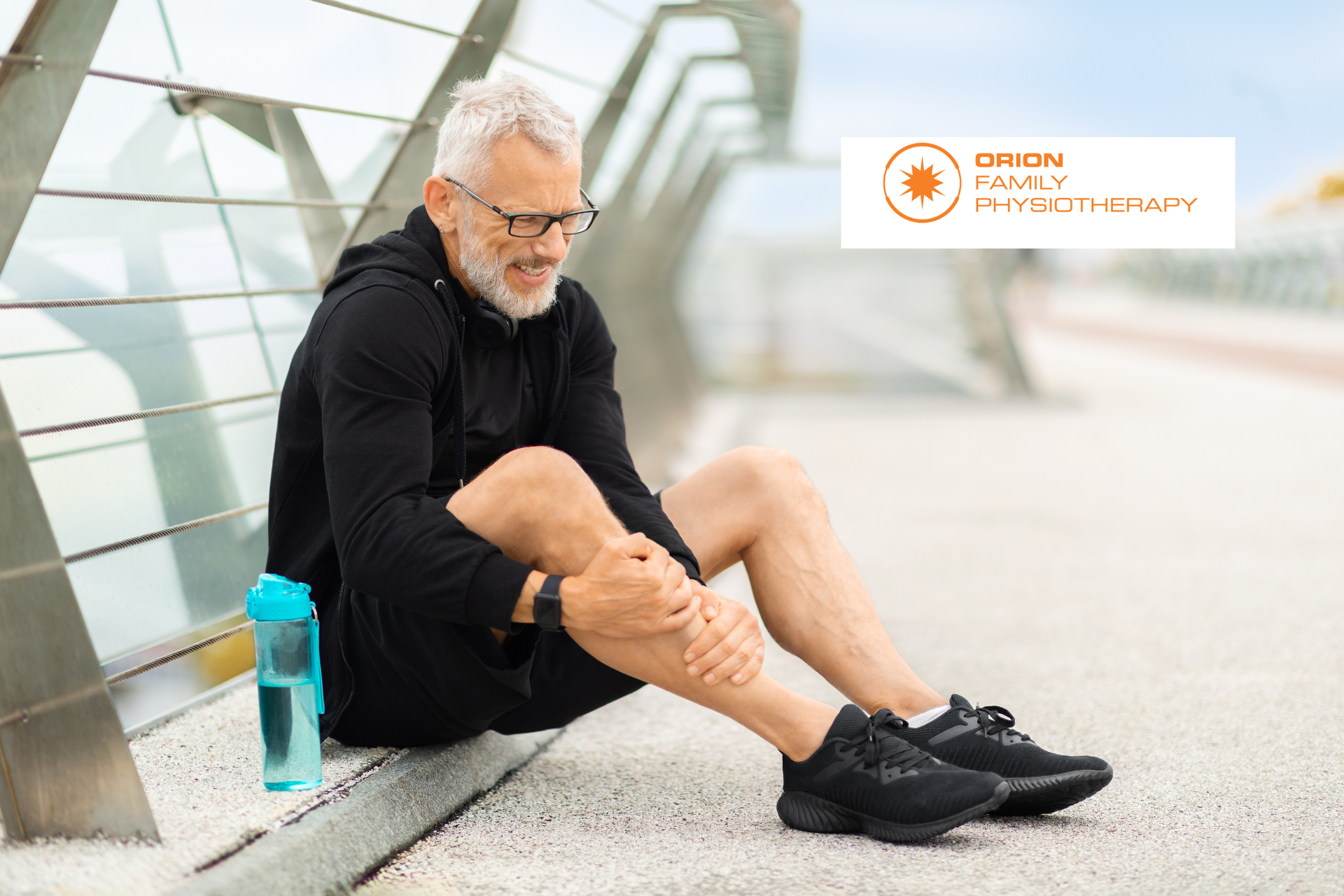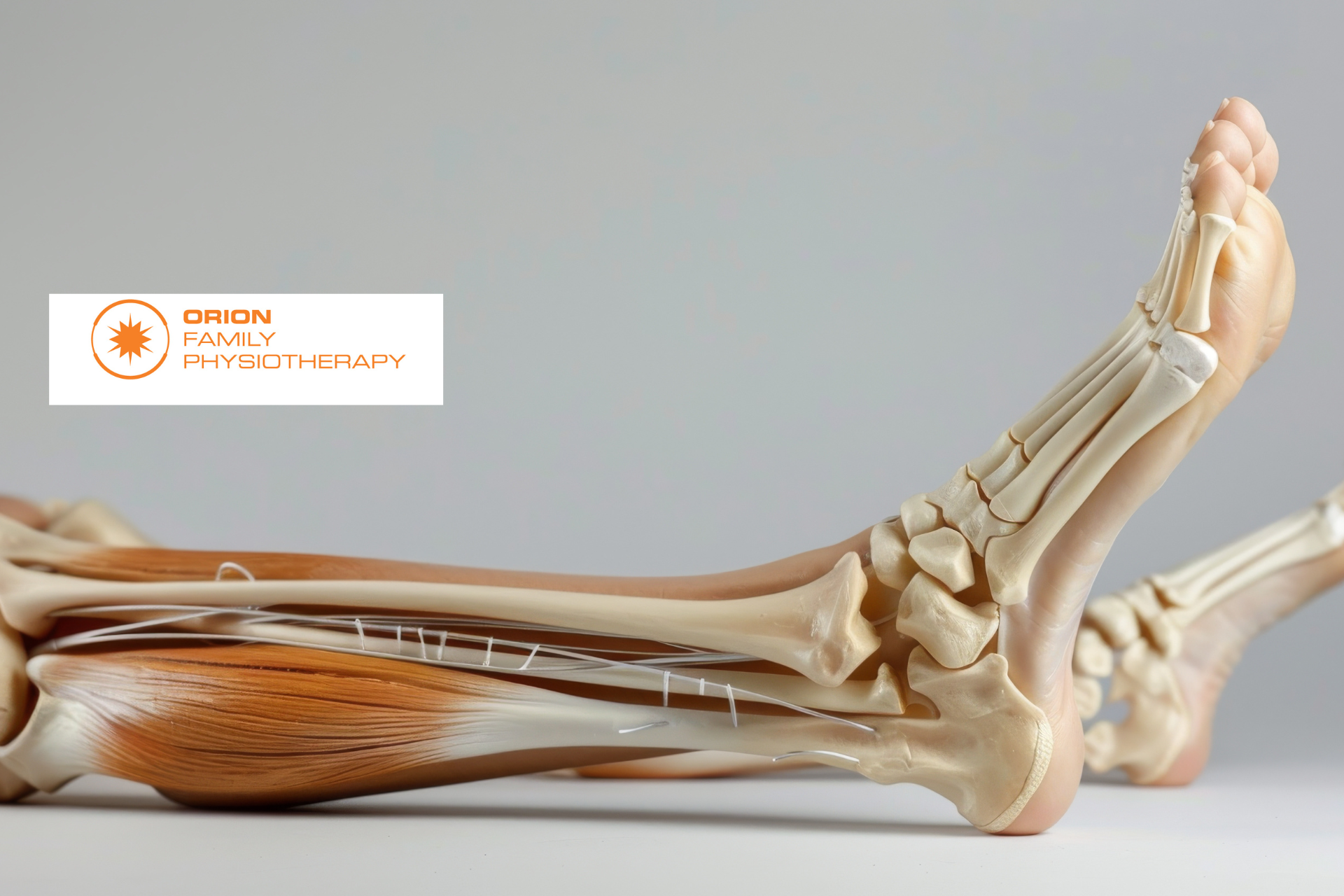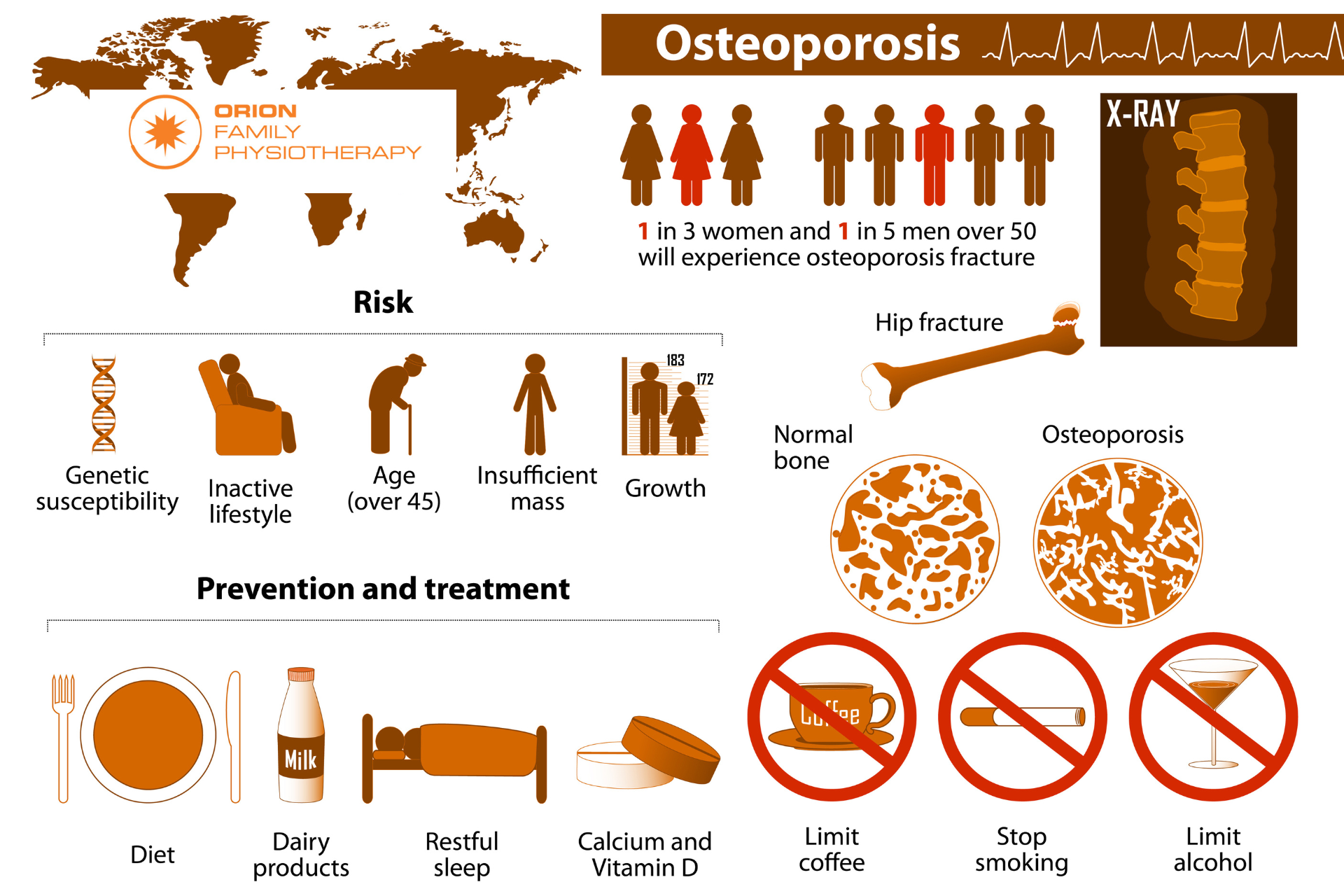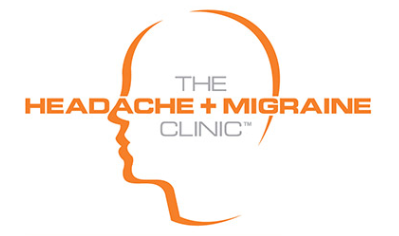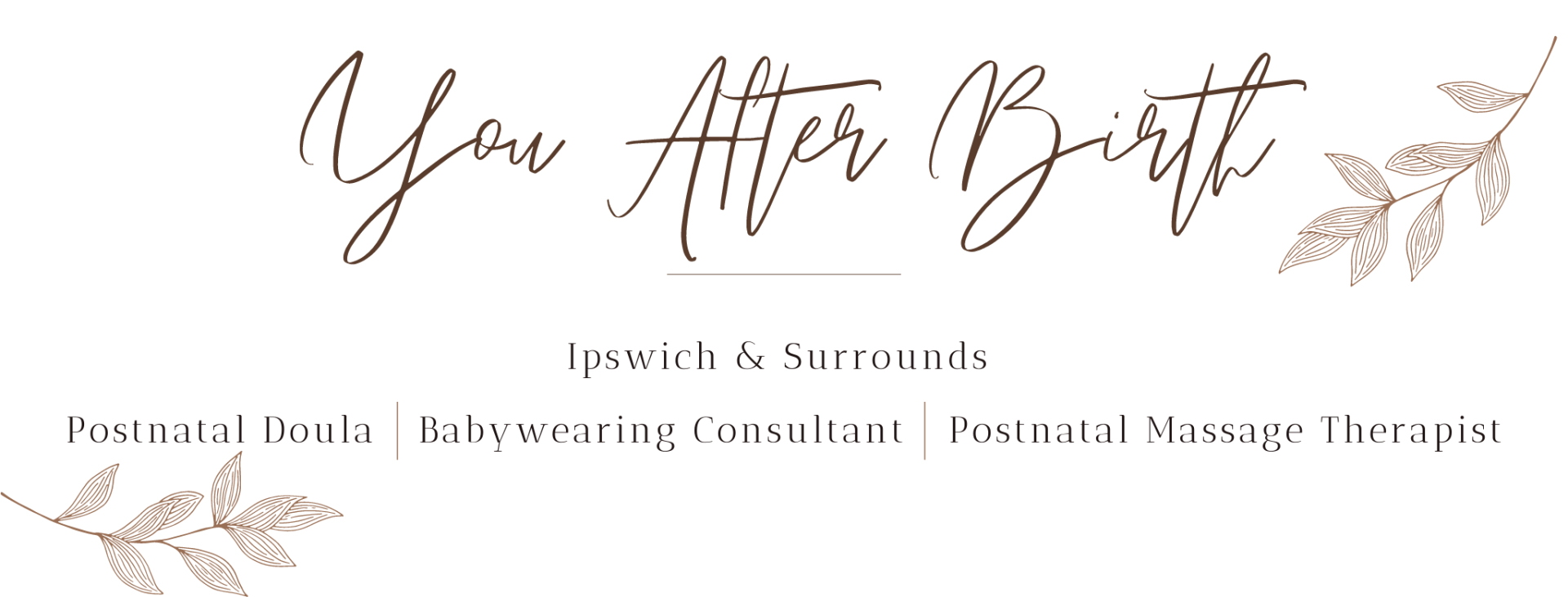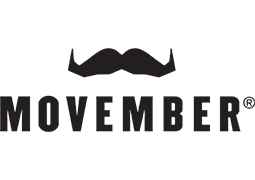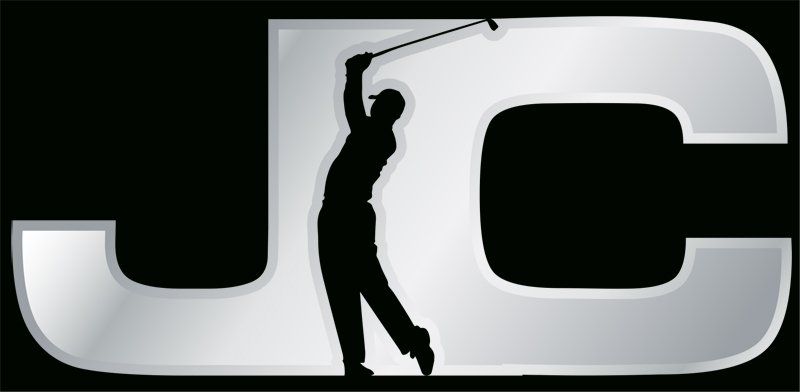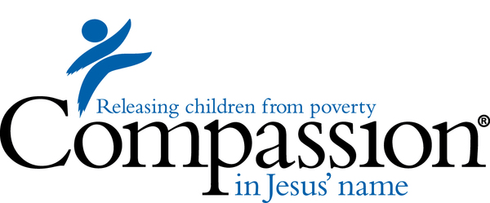Physio Tips for Better Running
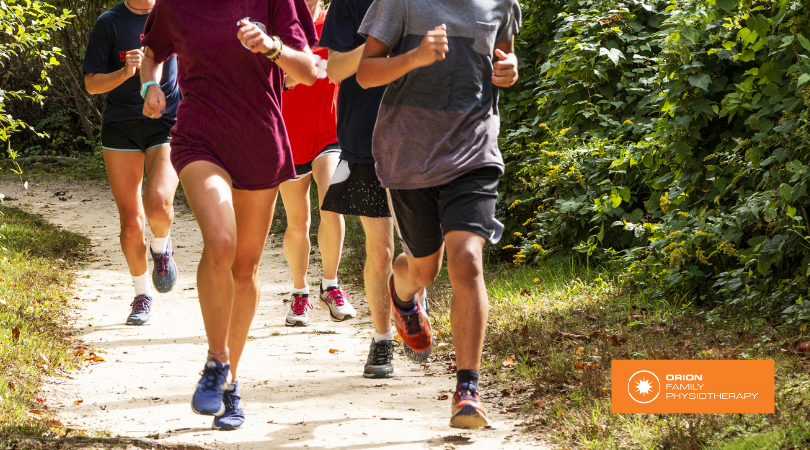
Distance running can be a surprisingly complicated sport. In this article, we offer some words of wisdom from our physiotherapists to help you get the most out of your training and avoid injuries.
Choose your shoes carefully:
Repeated stress from running long distances will show up any biomechanical flaws in your body relatively quickly. Choosing the wrong shoes can exacerbate an existing problem causing pain and injury. Your physiotherapist can guide you on what style of shoe will best suit you.
Don't neglect your upper body:
While running can appear to be a purely leg based activity, increasing the strength and mobility of your upper body can have a surprisingly large impact on your posture, running style, breathing and overall performance.
Find time to train strength as well as endurance:
Your body is great at finding ways to compensate for weak muscles, however, over time this can lead to overuse injuries of tendons and muscles. Identifying any areas of weakness early and specifically strengthening these muscles can both improve your running and help keep you injury-free.
Pace your progress:
Entering an event is a great way to set a specific goal and keep you motivated. While trying to increase distances and speed, it is easy to forget to include rest days as a part of your routine. Your body needs time to recover and restore itself, just as much as the active portions of your training program.
Increasing your speed and distances gradually also allows your body to adapt to new demands without breaking down.
Enjoy your training and listen to your body:
Your body will guide you as to when you need to rest and when you can push a little further. Training will be more enjoyable when you are well-rested and pain-free. Most importantly, if you are able to enjoy your runs, this will help you maintain motivation over a longer period of time, so you can continue for many years to come.
Ask your physiotherapist for more tips on how to reach your running goals while staying injury-free. None of the information in this article is a replacement for proper medical advice. Always see a medical professional for assessment of your individual condition.

